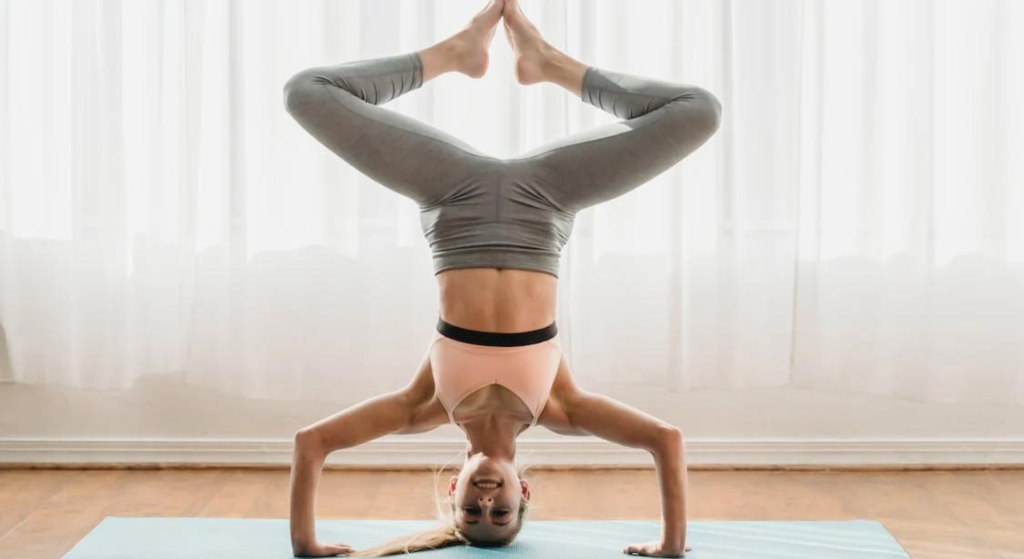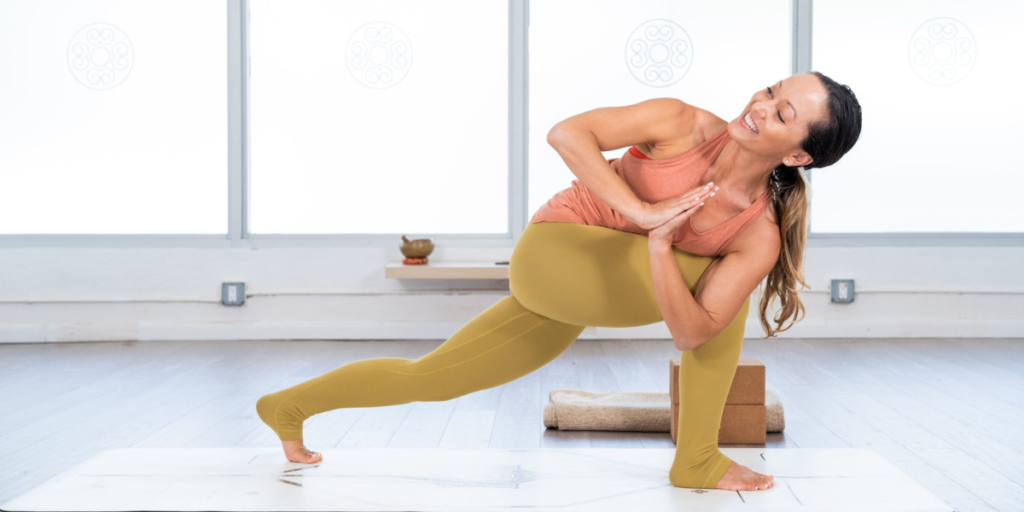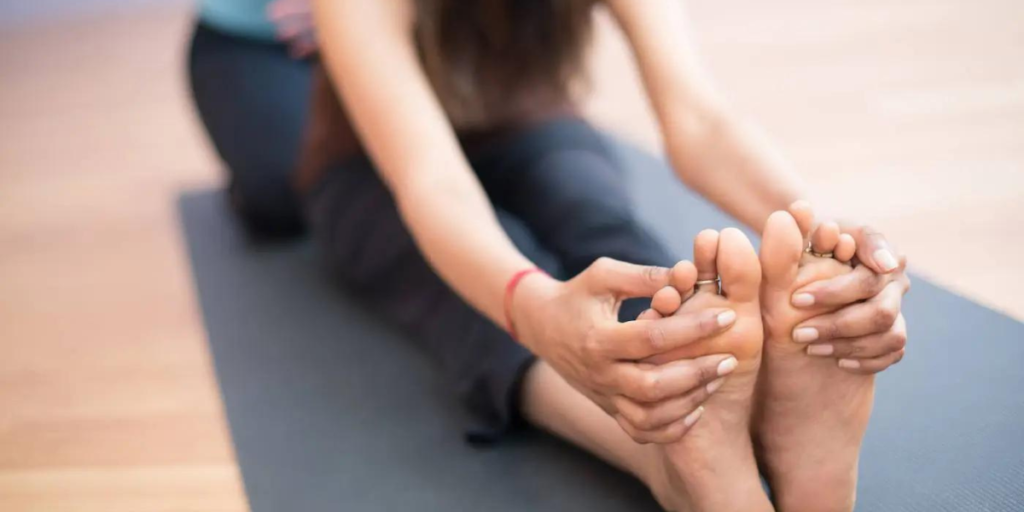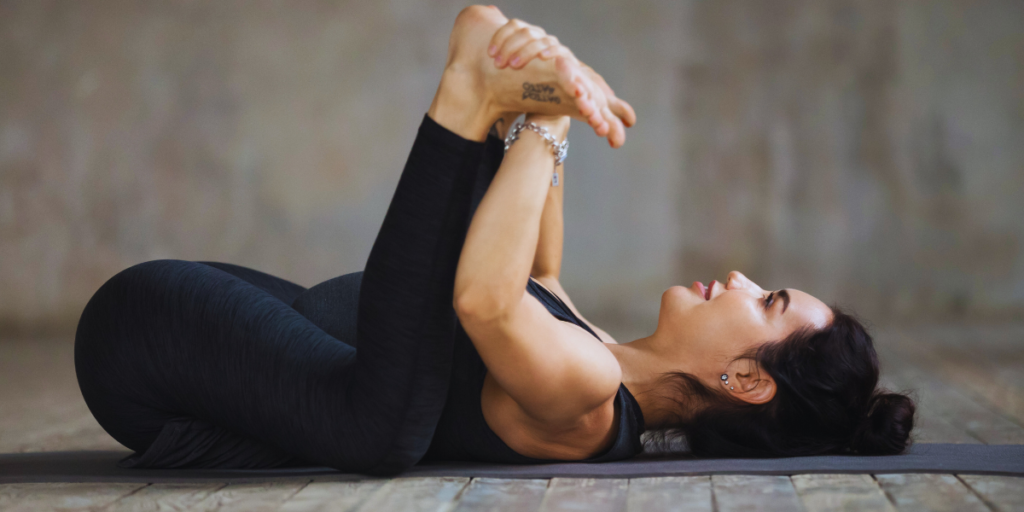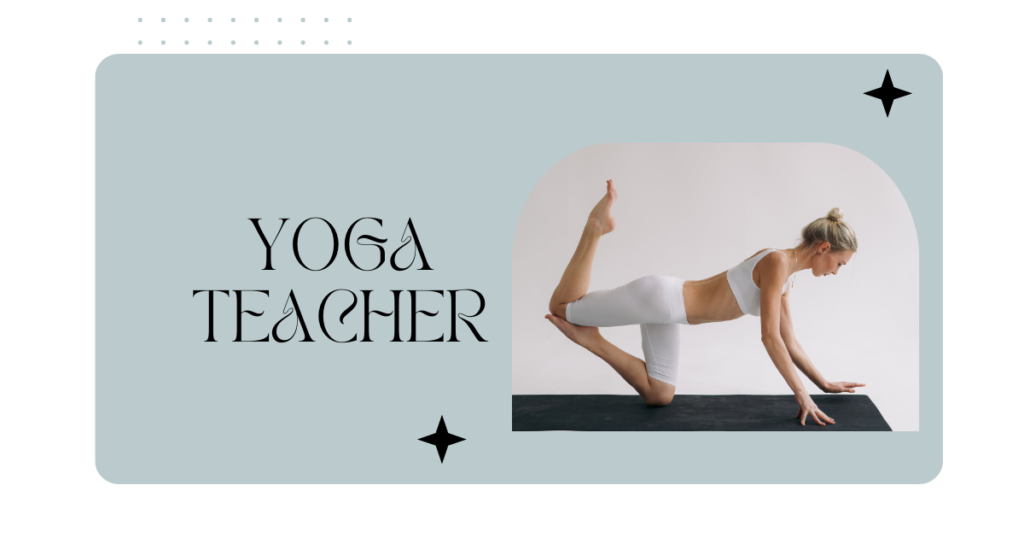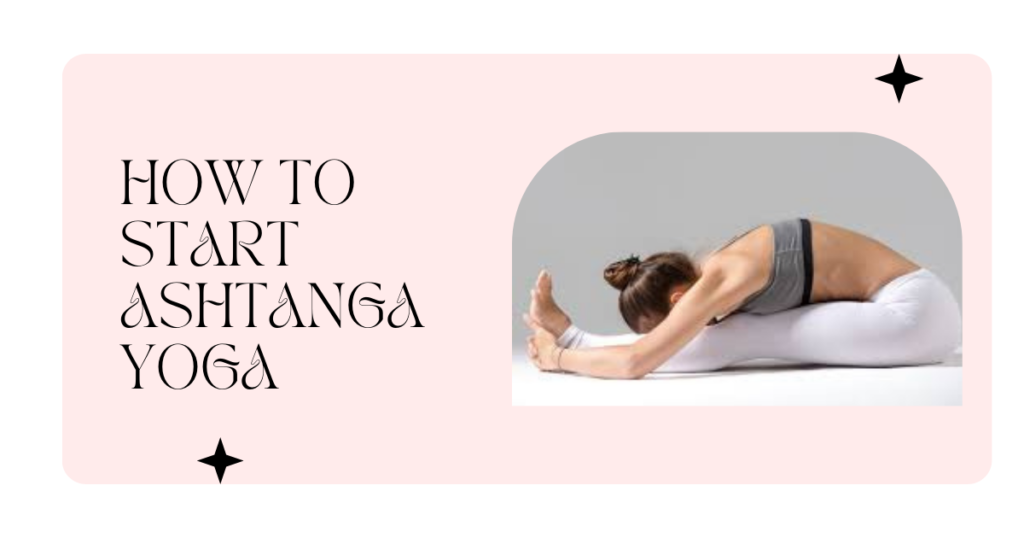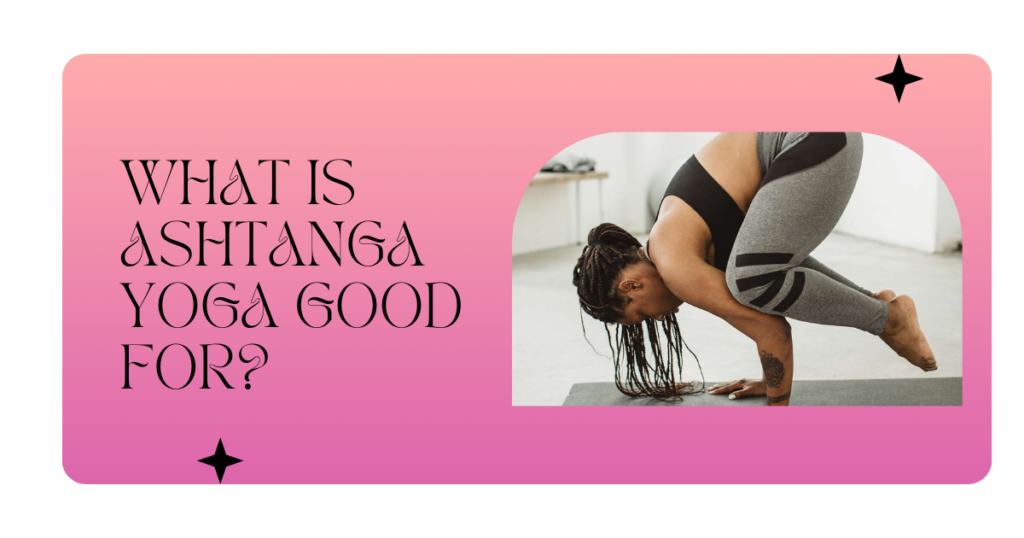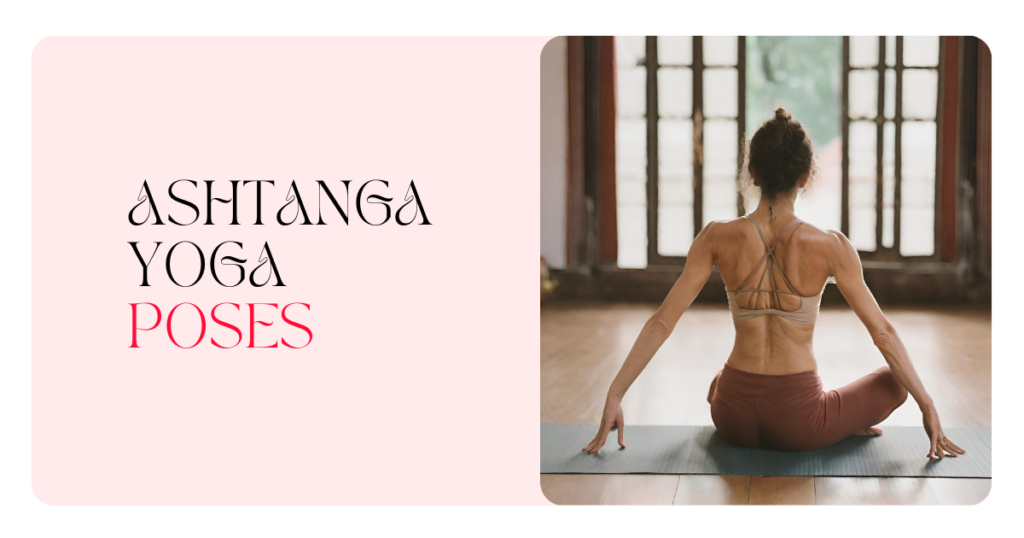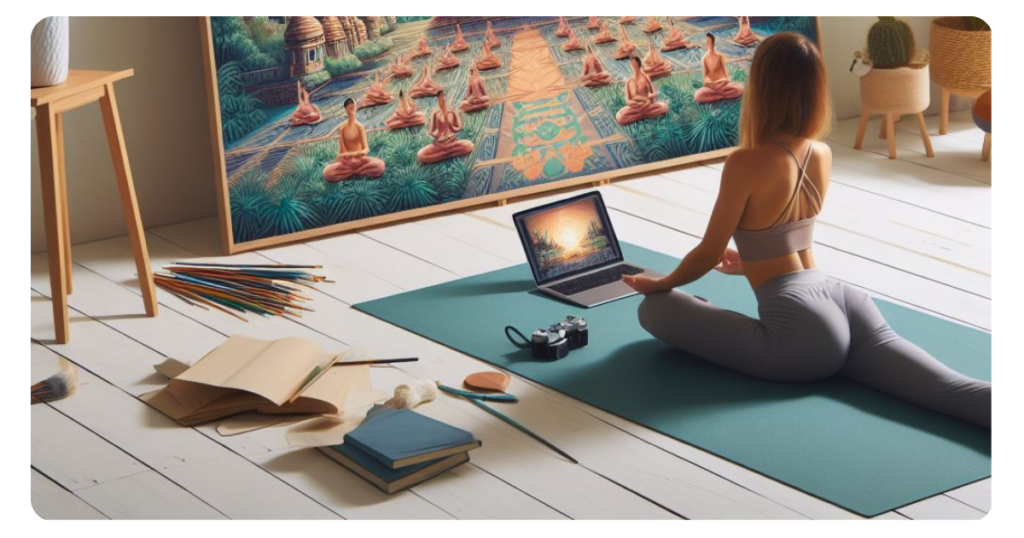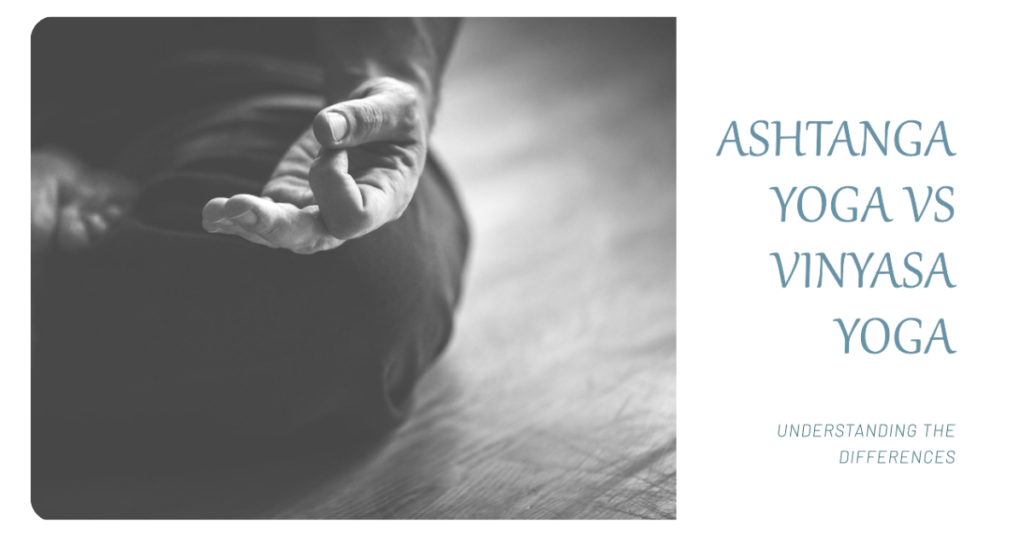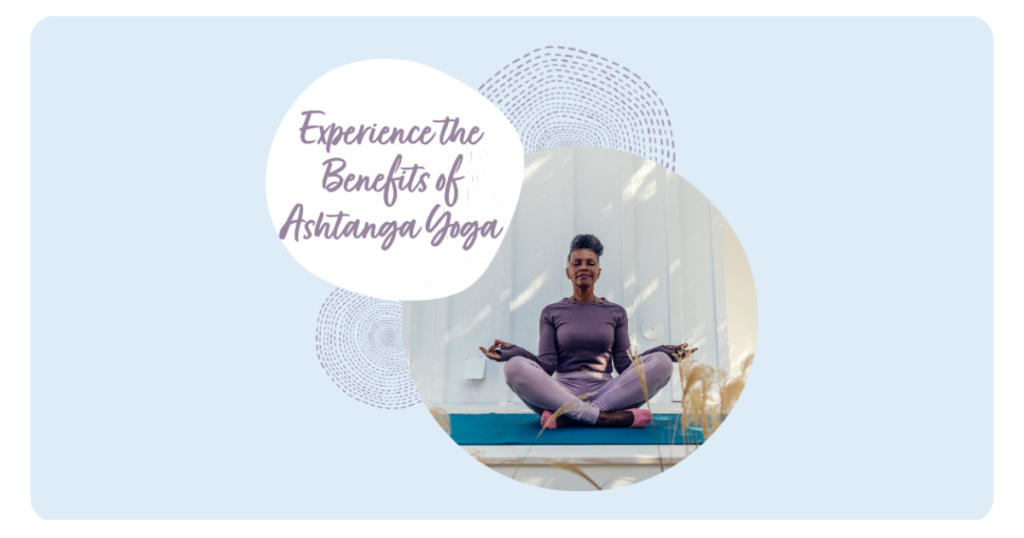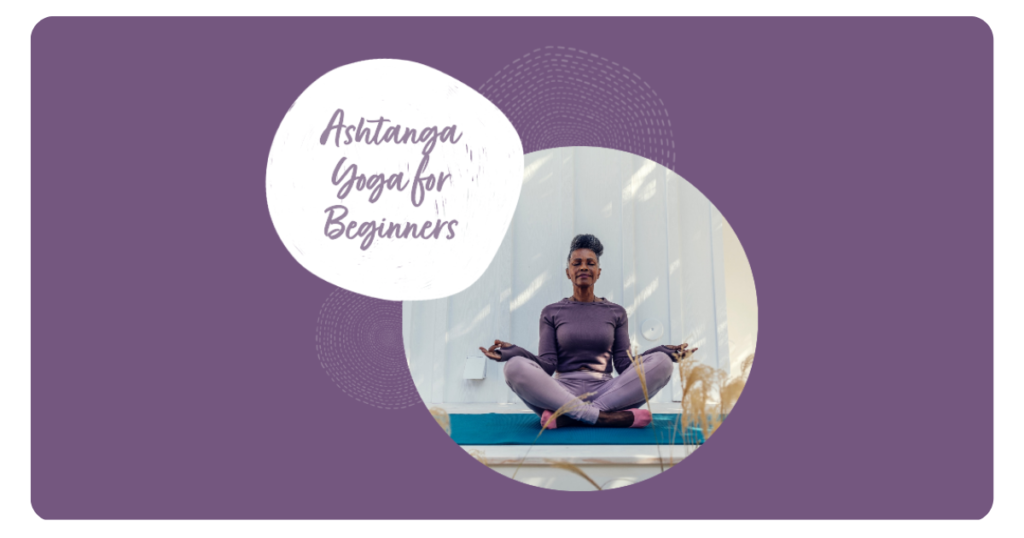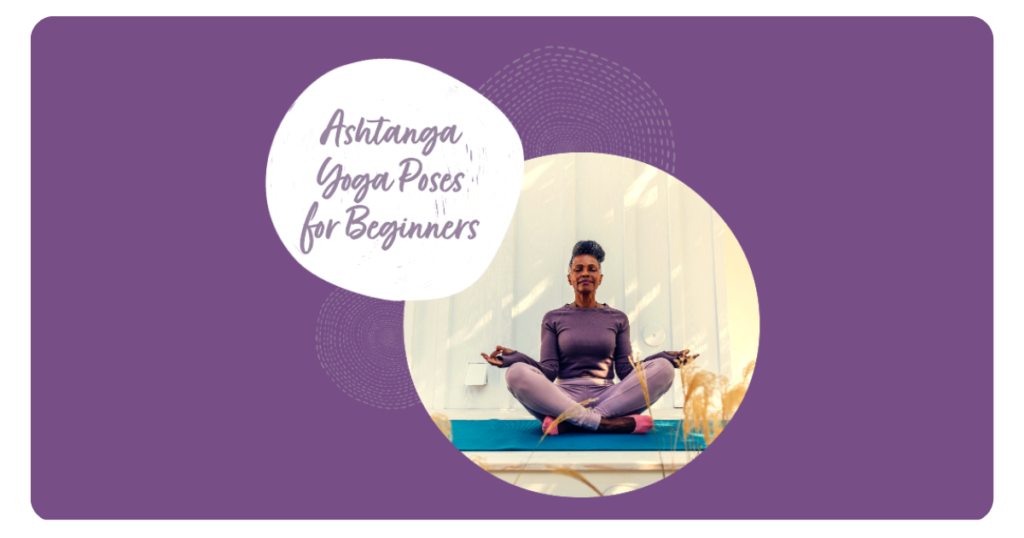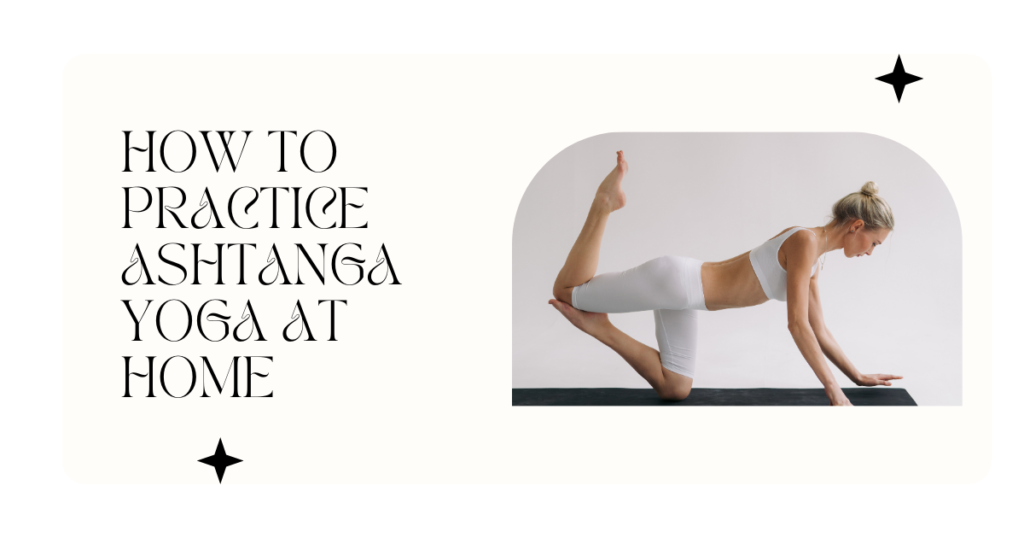
Ashtanga yoga is a dynamic and physically demanding style that builds strength, stamina, and flexibility through a precise sequence of postures linked with breath. While many practitioners join classes at a studio, it’s entirely possible to cultivate a rewarding Ashtanga practice in the comfort of your own home. This in-depth guide covers everything you need to begin—and thrive in—an at-home Ashtanga yoga routine. “How to Practice Ashtanga Yoga at Home”
Bringing the rigor and discipline of Ashtanga into your living space may seem daunting, but with the right approach and mindset, you can experience all the transformative physical and mental benefits in your personal yoga sanctuary. From setting up a conducive practice area to mastering the foundational techniques, this guide provides a roadmap to successfully navigate Ashtanga’s challenging yet profoundly rewarding path on your own time.
What is Ashtanga Yoga?
Before we dive into the home practice specifics, let’s establish a clear understanding of what defines Ashtanga yoga:
Ashtanga yoga is a traditional system developed by Sri K. Pattabhi Jois in the 20th century. At its core is the principle of vinyasa, where each posture is paired and connected to a specific breathing technique. This synchronization of breath and movement creates an intense cardiovascular workout while allowing for deep inner exploration.
Unlike gentler styles like Hatha which focus on longer-held poses, Ashtanga follows a set series of progressively more challenging postures in a specific sequence, creating a dynamic, flowing practice. The traditional method also adheres to these key principles:
By closely following the Ashtanga sequence and guidelines within your home practice, you’ll build impressive strength, balance, flexibility, stamina, and laser-focused concentration over time.
Table of Contents
Benefits of Ashtanga Yoga
Consistent Ashtanga practice provides a vast array of physical and mental benefits, including
With its emphasis on progressive sequencing and transformative physical and mental practice, an at-home Ashtanga yoga routine can be a powerful tool for achieving your overall wellness goals. “How to Become an Ashtanga Yoga Teacher“
Setting Up Your Home Yoga Space
One of the beauties of an at-home Ashtanga practice is the ability to create a sacred personal sanctuary optimized for your needs. However, it’s important to choose an area that supports focused practice.
Requirements for an Ideal Home Yoga Space:
The spare bedroom, basement, enclosed patio or loft area are all potential spaces to transform into your home yoga zone. Clearing out unnecessary furniture helps create an open, tranquil vibe.
If you have limited living space, try practicing in the corner of a living room or den—though be prepared to remove potential obstacles like coffee tables, toys, etc. before each session.
Essential Props for Home Practice
While all you truly need for Ashtanga is your body and breath, having access to some basic yoga props at home can aid your comfort, alignment, and progressions:
Additionally, you may want to invest in a good quality audio system to follow along with virtual Ashtanga classes or scan a mirror into the space to monitor your form.
Mastering the Ashtanga Yoga Breathing Technique
At the heart of Ashtanga yoga lies the powerful Ujjayi Breath, a fundamental technique that fuels your moving meditation linking postures and prana.
The Ujjayi Breath is initiated by gently constricting the throat muscles to create a soft oceanic sound on the inhales and exhales. This “victorious breath” allows you to control the flow of air and stay centered through the intensity.
Learning the Ujjayi Technique:
Mastering this breath is crucial, as it regulates your flow of oxygen and prana (life force energy), preventing you from getting winded during intense Vinyasa sequences. The sound also focuses your concentration and inspires a calm, meditative presence on the mat.
With regular practice, you’ll cultivate complete comfort and ease with Ujjayi Pranayama while gaining the internal heat, stamina, and mental focus to work up to the full Ashtanga series.
Learning the Ashtanga Yoga Primary Series
The Progressive Ashtanga system consists of six separate series, starting with the foundational Primary Series (Yoga Chikitsa). This sequence was designed specifically to realign the spine, detoxify the body, and build yogic power and grace.
As a beginner practitioner, you’ll work through each of the Primary Series postures in the following sequential order:
I. Seated Meditation & Centering
II. Sun Salutations (Surya Namaskara A & B)
III. Standing Sequence
IV. Seated Sequence
V. Backbends
VI. Cooling & Closing Postures
Within each section, there are a set number of postures or vinyasas that flow together in a precise order, such as:
Standing Sequence Examples:
Seated Sequence Examples:
This sequential ordering has deep roots in gradually building strength and preparing the body for more advanced asanas. For example, the standing sequence opens the hamstrings and hip flexors before moving to seated forward folds.
The key as a home practitioner is being patient with your progression. Use props liberally to modify poses before attempting the full expression. Quality instructions and internal awareness are vital, as is staying true to the traditional vinyasa count.
Following the Ashtanga Yoga Method at Home
One of the quintessential aspects of Ashtanga yoga is its unwavering methodology. To truly experience the transformative benefits, it’s crucial to honor the traditional principles of the practice within your home sessions:
Importance of Sequencing The postures of the Primary Series are sequential for a reason—each prepares the body for the next asana in a very specific way. Skipping poses or failing to follow the order disrupts the innate intelligence behind the sequence.
As you advance, always fully master and memorize one sequence before progressing to the next. For example, attempting to leap ahead to the Intermediate Series before nailing the Primary is a recipe for injury or frustration.
Using Instruction Resources While having an experienced teacher provide feedback is ideal, it’s entirely possible to cultivate an authentic home practice with the right learning tools:
Whatever your chosen resource, always opt for traditional Ashtanga instruction to uphold the integrity of the system.
Having a Consistent Practice Consistency is absolutely vital for Ashtanga yoga to work its magic. This demanding style requires discipline and routine to truly embed the postures into your muscle memory.
Aim to get on your mat at least 5-6 days per week, even if it’s only for 30-45 minutes at first. Having a set schedule helps cement the habit. Many practitioners enjoy the alertness and focus that comes from doing Ashtanga first thing in the morning.
To hold yourself accountable, consider exploring local Ashtanga communities (in-person or virtual) or even hiring a teacher for periodic check-ins if your budget allows. Having that support system provides motivation on days when sustaining a home practice feels challenging.
Advancing Your Ashtanga Yoga Practice
As your home Ashtanga practice progresses, you’ll eventually outgrow the Primary Series and crave more challenge. However, it’s crucial to have the proper foundations before attempting to advance:
When to Move to the Next Series Traditionally, students shouldn’t explore the Intermediate (Nadi Shodana) or upper-level Ashtanga series until they can smoothly perform the entire Primary sequence with proper vinyasas and ujjayi breath in about 90 minutes. This often takes years of dedicated practice.
If you find yourself breezing through the Primary Series or getting bored, focus on improving your technique or adding vinyasa variations before progressing. The key signs you may be ready include:
When you’ve reached that level of mastery, research respected teachers who can provide virtual or in-person instruction for the Intermediate Series to ensure you’re transitioning correctly.
Supplementing Your Home Practice As your Ashtanga practice evolves, you’ll likely want to balance the strength-based series with supplemental practices like:
Just be sure not to completely replace your Ashtanga routines with these auxiliary styles—the core traditional practice should remain the foundation.
Overcoming Roadblocks Even advanced home practitioners sometimes face sticking points like:
When these arise, consider options like:
The key is having patience, celebrating your successes along the way, and tapping into the deeper purpose fueling your discipline. A rewarding home Ashtanga practice is worth the investment.
Sample Weekly Ashtanga Yoga Schedule for Home Practice
To provide some tangible inspiration, here are two examples of potential Ashtanga home practice schedules:
For Beginners
Monday: 60 min Ashtanga Basics (Sun Salutations, Standing Postures) Tuesday: 30 min Restorative Yoga
Wednesday: 45 min Full Primary Series Thursday: Rest Day Friday: 60 min Ashtanga Basics
Saturday: 60 min Full Primary Series Sunday: 30 min Breathwork and Meditation
Experienced Practitioners
Monday: 90 min Full Primary Series Tuesday: 60 min Intermediate Series Wednesday: 60 min Yin or Restorative Yoga Thursday: 90 min Full Primary Series Friday: 45 min Pranayama and Meditation Saturday: 120 min Primary and Intermediate Combined Sunday: Rest Day
Of course, these are just basic templates—the ideal schedule should accommodate your own needs, energy levels, and time constraints. The most important aspect is committing to a consistent number of weekly Ashtanga sessions while balancing adequate rest and supplemental practices.
Tips for Productive At-Home Sessions:
- Leave phones and digital distractions in another room
- Wake up early to practice before the demands of the day kick in
- Have water nearby to stay hydrated, especially for longer practices
- Take mindful rests between sequences if needed, never pushing past your limits
- Keep a yoga journal to document progress, breakthroughs, and techniques to remember
- Create a sacred ambiance with candles, incense, music, or artwork
- Always start with an intention in mind for that day’s practice
The more you treat your home practice as a moving meditation and act of self-study (svadhyaya), the more rewarding and integrated your Ashtanga journey will become.
Conclusion: Harness the Life-Changing Power of Ashtanga at Home
While stepping onto your living room mat to tackle the Ashtanga system solo may feel intimidating at first, this guide has equipped you with a comprehensive roadmap for establishing a sustainable and authentic practice amidst the comforts of home.
From learning the foundational breathing and postures to upholding the traditional principles and eventually progressing through the series, cultivating Ashtanga yoga within your own sacred space grants you the ultimate freedom to advance at your own pace.
Be patient yet persistent, for mastering this empowering style requires incredible determination and humility. Draw inspiration from the moments of breakthrough, when perfect balance or deeper binds are suddenly accessible. With adherence to the lineage combined with an innate desire to evolve, your commitment to an at-home Ashtanga journey will grant access to profound physical and spiritual awakenings.
On those days when motivation wanes, simply return to your ujjayi breath and reconnect to the core purpose that called you to this practice. By staying rooted in the traditional yet progressive Ashtanga methodology, you possess all the tools to experience the magic of this transformative style from the comfort of your own abode.

